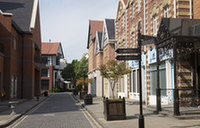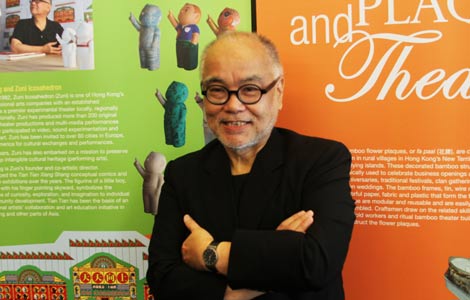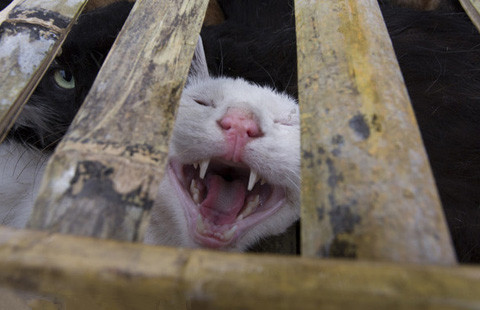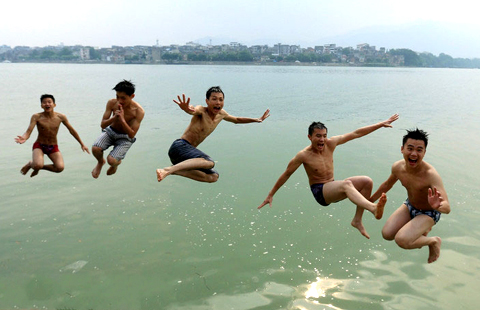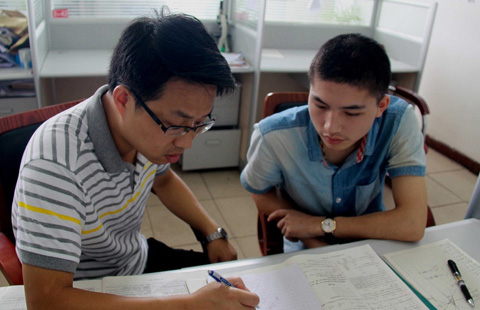Ancient Angkor
Updated: 2014-07-11 07:01
By Bidisha Bagchi (China Daily)
|
||||||||
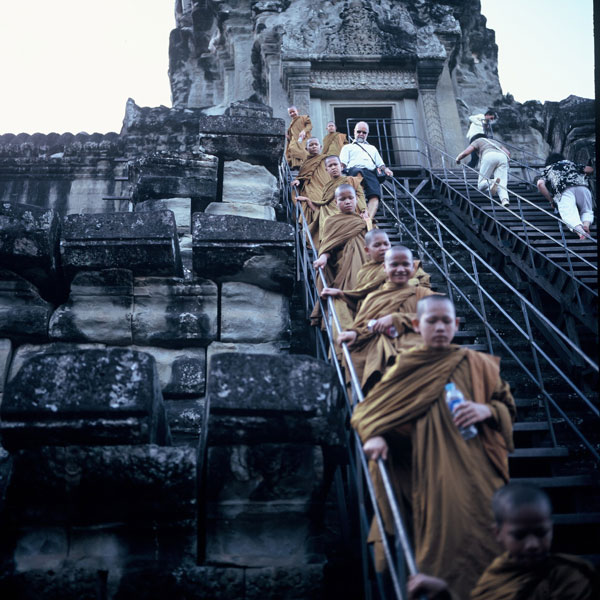 |
|
Pilgrims and tourists take the steep flight of stairs to one of the towers in Angkor Wat, the biggest tourist attraction in Cambodia.[Photo provided to China Daily] |
There's a strict dress code for going into the tower: No sleeveless tops or shorts. In most Hindu temples (as Angkor Wat was, originally) even shoes aren't allowed. But here, because of the climbing involved, everyone is allowed to wear a pair of shoes - even flip-flops.
|
 |
|
|
At times there were so many tourists jammed together that it was impossible to get a nice shot and avoid getting into other peoples' photos. Surprisingly, even at 6 am, local children were up, selling trinkets, mementos, scarves and bags - all priced in US dollars, like everything in Siem Reap.
Angkor Archaeological Park includes the Angkor Wat temple and the Angkor Thom complex, which features the Bayon Temple and other ruins.
When we arrived at the south gate of Angkor Thom, the road was chock-a-block with cars, bikes, tour buses and hundreds of people who were walking to the complex.
Angkor Thom was the last capital of the Khmer king, Jayavarmana VII. The road to the gate is flanked by numerous statues of gods and demons. This was a kind of a citadel, where all political gatherings, religious festivals and other activities relating to the higher-ups of the society and the kingdom were held. It wasn't a place for the commoners.
The entire complex is full of majestic temples, terraces and carvings that brought out the essence of an ancient civilization.
The star attraction was certainly the Bayon Temple, especially the huge faces of Buddha on top of the temple - 54 in total, each representing a province of Cambodia during that century. The faces were in ruins despite periodic restorations.
After the death of the last Buddhist king, Jayavarmana VII, the faces had been altered by other kings according to their religious preferences.
The temple was in a dilapidated state but the carvings were elaborate, mainly about the king's day-to-day life and trading practices. It was also here that we found the carved narrative of how the stones were brought in for building the site.
A dirt road leading to the main temple of Ta Prohm is flanked by giant trees, some of which are hundreds of years old. It looked to be a sort of botanical garden as every tree was labeled with its botanical names, origin and age.
A group of local musicians sat under a tree and played Khmer music for visitors, making the ambience very peaceful.
Sadly, even the marvelous carvings of the Apsaras had huge cracks. It was as if Ta Prohm was struggling to survive the ravages of time, nature and human contact. But it was a sort of romantic affair between the ruins and the surrounding forest that has gradually engulfed the entire premises.
Contact the writer at features@chinadaily.com.cn
If you go
China Eastern Airlines has direct flights to Siem Reap. Taxis are available for a ride to the hotel. Trips to Angkor Wat and other temples can also be done in taxis or in a Tuk-Tuk. Tickets to the Angkor Wat temple complex cost $20 and are valid for the day. If you take a guide, make sure he is approved by the tourism board.

 Faye Wong's manager refutes star's drug rumors
Faye Wong's manager refutes star's drug rumors
 Lu Yi and daughter Bei Er pose for street snaps
Lu Yi and daughter Bei Er pose for street snaps
 Photoshoots of actress Li Xiaomeng
Photoshoots of actress Li Xiaomeng
 Council of Fashion Designers of America Awards
Council of Fashion Designers of America Awards
 Fan Bingbing, first Chinese actress in Barbie Hall of Fame
Fan Bingbing, first Chinese actress in Barbie Hall of Fame
 Awarding ceremony of 2014 hito Pop Music held in Taipei
Awarding ceremony of 2014 hito Pop Music held in Taipei
 Zhao Liying's photo shoot for Children's Day
Zhao Liying's photo shoot for Children's Day
 'Taken 2' grabs movie box office crown
'Taken 2' grabs movie box office crown
Most Viewed
Editor's Picks

|

|

|

|

|
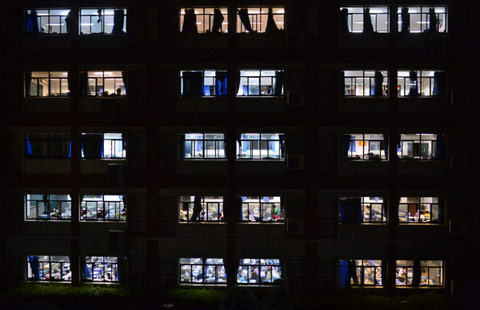
|
Today's Top News
China, US pledge partnership
RMB use is on the rise in US business
Chinese see NYC real estate as a sound place
Australia is top destination for wealthy Chinese
Berlin expels US spy official
China-US investment treaty on fast track
Horses and dragons kick off art show
Chinese are No 1 buyers of US residential property
US Weekly

|

|
